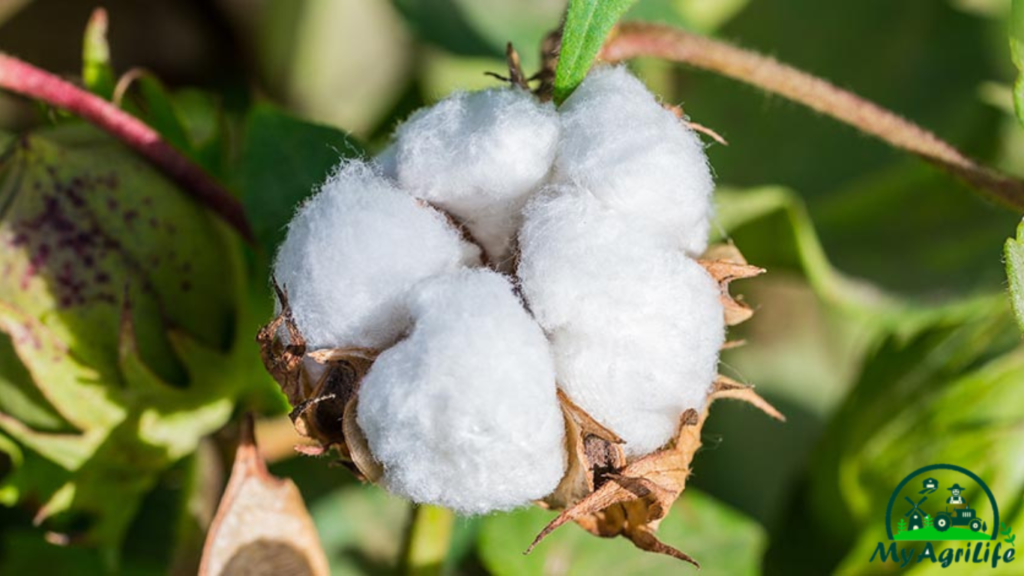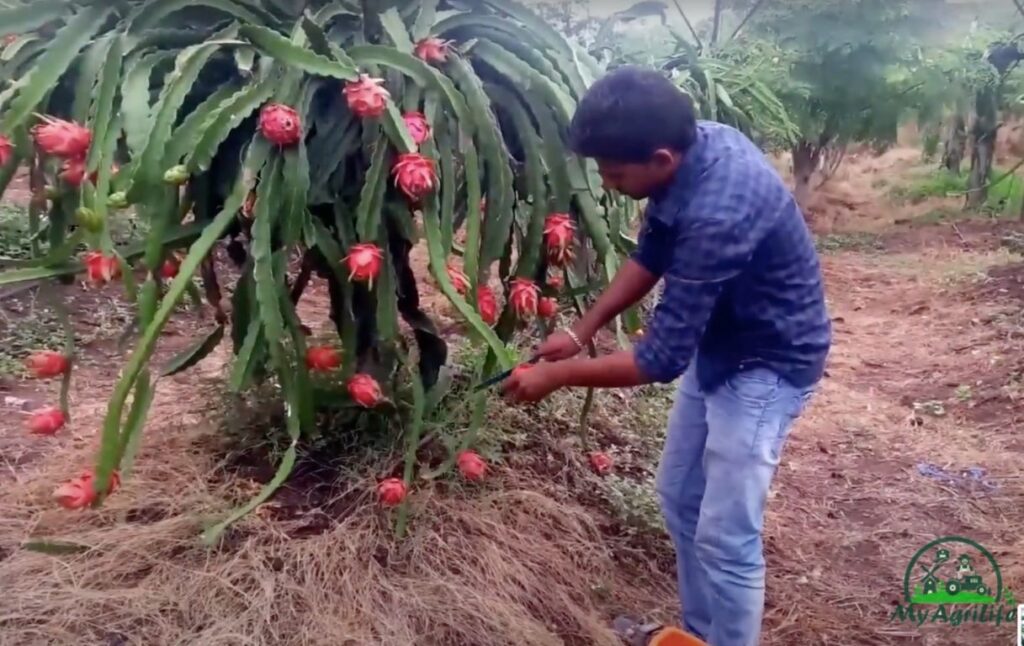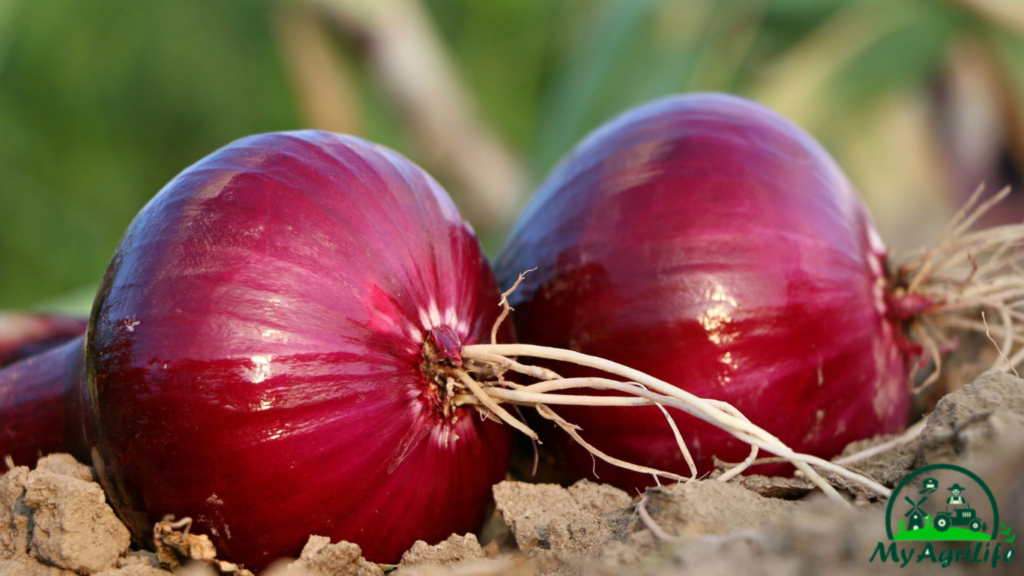
Onion, also known as “Pyaz” or “Kharif Pyaz” in Hindi, is a commonly used vegetable in many cuisines around the world. It belongs to the genus Allium and is closely related to garlic, shallots, leeks, and chives. Onions are grown during the Kharif season in India, which is the monsoon season that typically runs from June to September.
Onions are a good source of dietary fiber, vitamin C, vitamin B6, and potassium. They also contain antioxidants and flavonoids, which have been linked to various health benefits, such as reducing inflammation, lowering blood pressure, and improving heart health.
Onions are used in a wide range of dishes, from salads to soups to curries. They can be eaten raw or cooked, and can be caramelized, fried, roasted, or grilled to add flavor to dishes. Onions are also used as a base for many sauces and gravies, such as tomato sauce, chili sauce, and curry sauce.
In India, onions are a staple ingredient in many dishes, and are often used along with garlic and ginger to add flavor and aroma to curries and other dishes. They are also used to make various snacks and street foods, such as onion pakoras and onion bhajis.
Seed Specification Onion
The seed specification for onions can vary depending on the variety and cultivar being used. However, some general specifications for onion seeds include:

1.Germination rate: The germination rate of onion seeds should be high, ideally above 80%.
2.Seed size: Onion seeds are generally small, with an average size of 1-2 mm in diameter.
3.Seed color: Onion seeds can vary in color, depending on the variety. Common colors include black, brown, and white.
4.Seed shape: Onion seeds are usually round or oval-shaped.
5.Purity: Onion seeds should be free from weed seeds, other crop seeds, and inert matter. A purity level of at least 98% is recommended.
6.Moisture content: Onion seeds should have a moisture content of around 8-10% to ensure good storage and germination.
7.Seed treatment: Some onion seeds may be treated with fungicides or other chemicals to protect against diseases. This should be clearly labeled on the seed packet or container.
It is important to check the seed specifications before purchasing onion seeds to ensure that they meet the desired standards and are suitable for the intended growing conditions.
Land Preparation & Soil Health onion
Land preparation and soil health are crucial factors for successful onion cultivation. Here are some key considerations for preparing the land and maintaining soil health for onion cultivation:
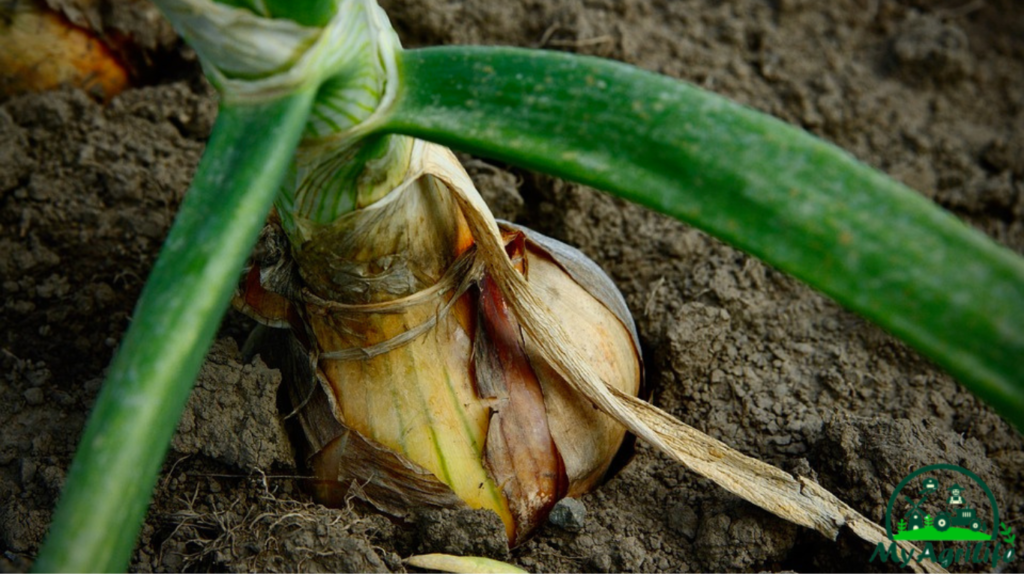
1.Soil type: Onion grows well in well-drained soils with good organic matter content. The soil pH should be in the range of 5.5-6.5.
2.Land preparation: The land should be plowed and harrowed to a fine tilth to prepare it for onion cultivation. Any weeds and crop residues should be removed before planting.
3.Soil fertility: A soil test should be conducted before planting to determine the soil fertility status. Based on the results, appropriate fertilizers should be applied to ensure adequate levels of nutrients for onion growth.
4.Organic matter: The addition of organic matter such as well-decomposed farmyard manure or compost can improve soil fertility, structure, and water-holding capacity.
5.Soil moisture: Onions require regular watering, especially during the early stages of growth. The soil should be kept moist but not waterlogged.
6.Crop rotation: Crop rotation can help improve soil health by reducing disease and pest pressure and increasing soil fertility.
7.Soil mulching: Mulching with organic materials such as straw or grass clippings can help retain soil moisture, suppress weed growth, and improve soil structure.
8.Soil aeration: Adequate soil aeration is important for onion growth. Soil compaction should be avoided, and soil should be loosened regularly.
By considering these factors, onion growers can prepare the land and maintain soil health to ensure successful onion cultivation.
Crop Spray & fertilizer Specification onion
Crop sprays and fertilizers are important inputs for onion cultivation to ensure healthy plant growth and high yields. Here are some specifications for crop sprays and fertilizers for onion cultivation:
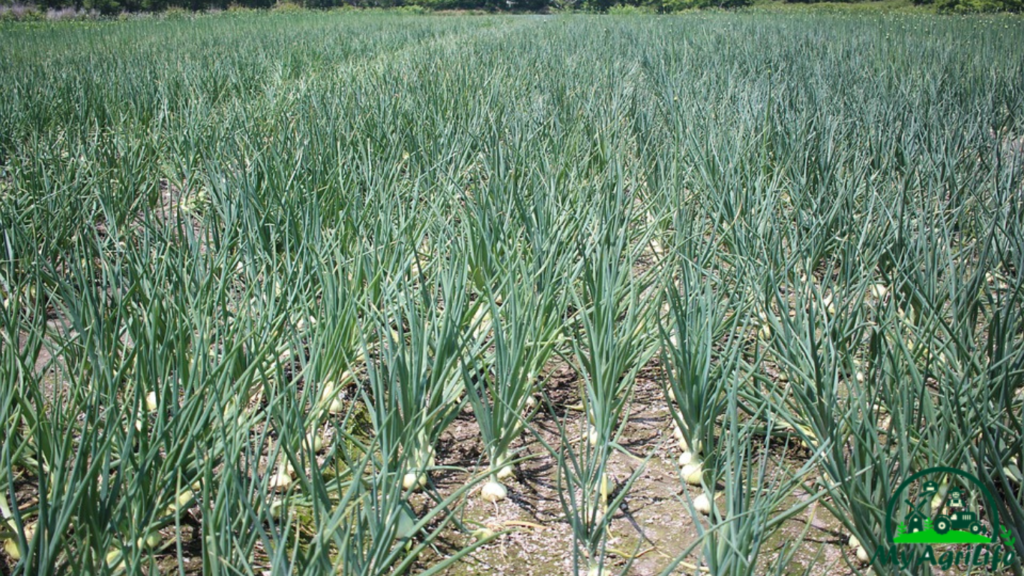
1.Nitrogen (N): Nitrogen is an essential nutrient for onion growth and is required in relatively large amounts. The recommended nitrogen application rate for onions is 100-120 kg/ha.
2.Phosphorus (P): Phosphorus is important for root development and early growth of onion plants. The recommended phosphorus application rate for onions is 50-60 kg/ha.
3.Potassium (K): Potassium is important for onion plant vigor, disease resistance, and bulb development. The recommended potassium application rate for onions is 120-150 kg/ha.
4.Micronutrients: Onions require small amounts of micronutrients such as zinc, iron, manganese, and boron for healthy growth. These can be applied through a foliar spray or as part of the fertilizer application.
5.Crop sprays: Crop sprays are used to control pests and diseases in onion plants. Some common crop sprays used in onion cultivation include insecticides for controlling onion thrips and fungicides for controlling fungal diseases such as purple blotch and downy mildew.
6.Timing of applications: Fertilizer applications should be timed to coincide with the different stages of onion growth. For example, nitrogen applications should be split into multiple applications to coincide with plant growth stages.

7.Application methods: Fertilizers can be applied either as a broadcast application or in a band along the onion rows. Foliar sprays can be used for micronutrient applications.
It is important to follow the recommended application rates and timing of crop sprays and fertilizers for onion cultivation to avoid overuse and ensure optimal plant growth and yield. It is also advisable to consult with a local agricultural extension officer or agronomist for specific recommendations based on local conditions and onion varieties.
Weeding & Irrigation onion
Weeding and irrigation are important management practices for onion cultivation. Here are some key considerations for weeding and irrigation:

1.Weeding: Weeding is important to prevent competition between weeds and onion plants for water, nutrients, and light. Weeds can also provide a habitat for pests and diseases. Hand weeding is the most effective method of weed control in onion fields. It is recommended to weed at least twice during the growing season, with the first weeding done as early as possible to avoid weed competition in the early stages of plant growth.
2.Irrigation: Onions require consistent moisture to ensure optimal growth and bulb development. Irrigation should be done regularly to maintain soil moisture levels, especially during dry spells. Overwatering should be avoided, as this can lead to disease and reduced bulb quality. Drip irrigation is a recommended method for onion cultivation, as it provides a consistent supply of water to the plants and minimizes weed growth.
3.Timing of irrigation: Onions should be irrigated during the early morning or late afternoon to reduce evaporation and ensure that the water reaches the roots. Irrigation should be avoided during the middle of the day when temperatures are high, as this can lead to water stress in the plants.
4.Irrigation scheduling: The frequency of irrigation depends on soil type, weather conditions, and plant growth stage. A soil moisture sensor can be used to monitor soil moisture levels and determine the appropriate timing and frequency of irrigation.
5.Mulching: Mulching can help conserve soil moisture, reduce weed growth, and maintain soil temperature. Organic mulches such as straw or grass clippings can be used in onion fields.
By considering these factors, onion growers can effectively manage weed growth and irrigation to ensure healthy plant growth and high yields. It is important to consult with a local agricultural extension officer or agronomist for specific recommendations based on local conditions and onion varieties.
Harvesting & Storage onion
Harvesting and storage are important steps in onion cultivation to ensure optimal quality and shelf life of the onions. Here are some key considerations for harvesting and storage:
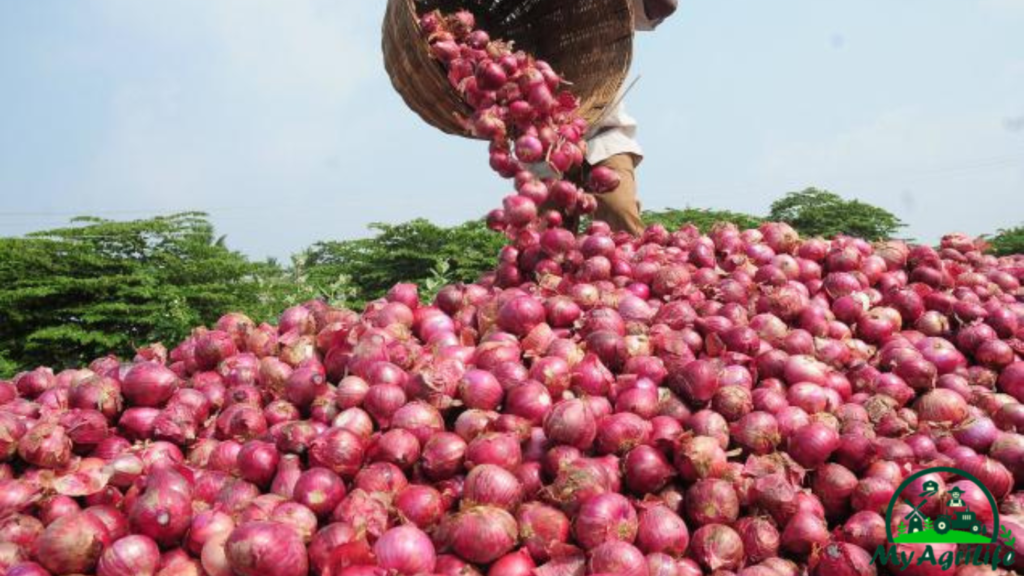
1.Harvesting: Onions are ready for harvest when the leaves have turned yellow and fallen over. The bulbs should be lifted carefully with a fork or shovel and left to dry in the field for a few days until the outer layers of the bulb are dry and papery.
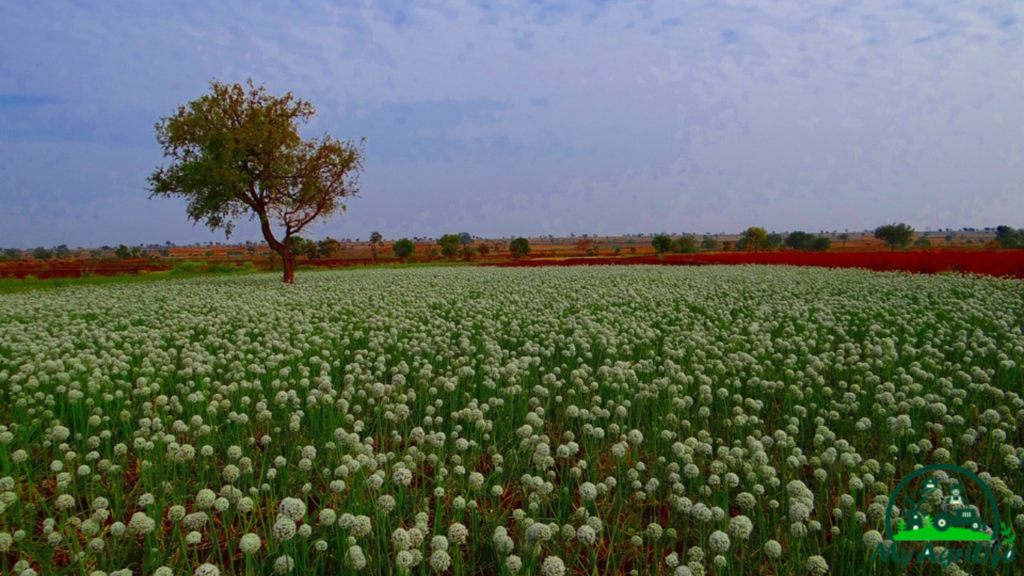
2.Curing: After harvesting, onions should be cured in a warm, dry, and well-ventilated area for 2-3 weeks until the necks are dry and the outer layers are fully dry and papery. Curing helps to prolong the storage life of the onions.
3.Sorting and grading: Onions should be sorted and graded based on size, shape, and quality. Any damaged or diseased bulbs should be removed and discarded.
4.Storage conditions: Onions should be stored in a cool, dry, and well-ventilated area with a temperature range of 0-4°C and a relative humidity of 65-70%. Onions should not be stored with fruits or vegetables that produce ethylene gas, as this can cause premature sprouting or spoilage.
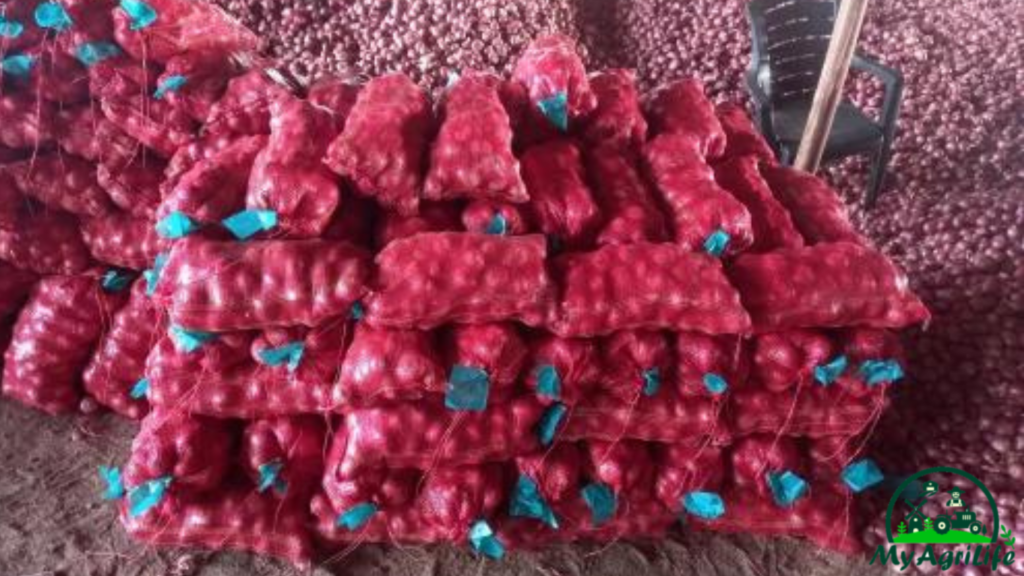
5.Packaging: Onions can be packaged in mesh bags, wooden crates, or cardboard boxes for storage and transportation. The packaging should be sturdy and allow for adequate air circulation.
6.Handling: Onions should be handled carefully to avoid bruising or damage, as this can lead to premature spoilage or disease.
By following these guidelines for harvesting and storage, onion growers can ensure high-quality onions with a long storage life. It is important to consult with a local agricultural extension officer or agronomist for specific recommendations based on local conditions and onion varieties.
conclusion
In conclusion, onion farming is an important agricultural activity in many parts of the world. The crop requires careful attention to various factors such as soil preparation, seed selection, weeding, irrigation, and pest control in order to produce a good yield. Proper storage is also important to ensure that the onions can be sold at the right time for maximum profit. With the right knowledge and techniques, onion farming can be a profitable venture for farmers. However, it is important to keep in mind the impact of climate change and changing market conditions, and adapt farming practices accordingly.








